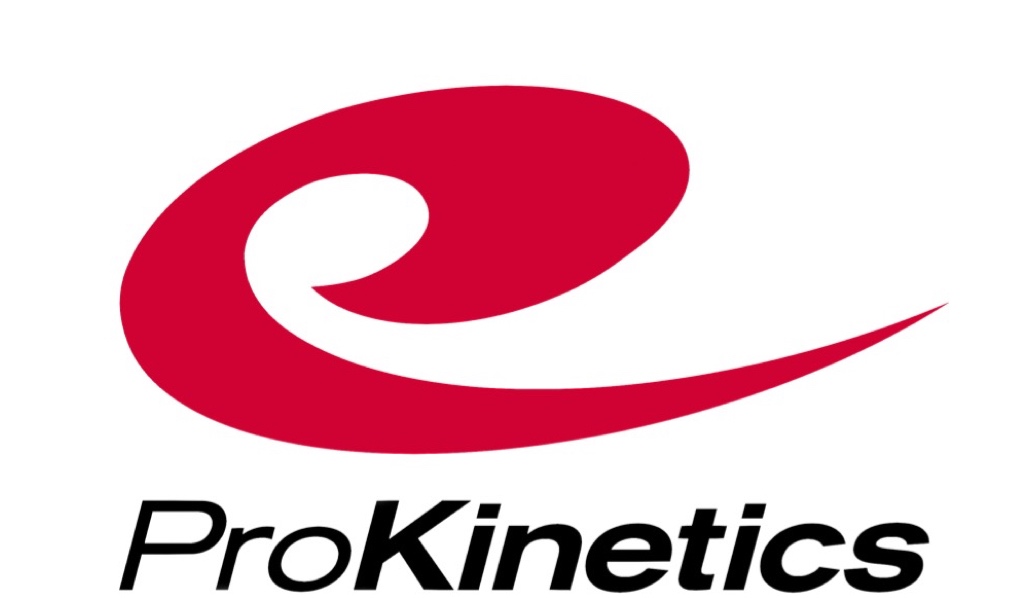Course Structure
It’s important before signing up for the course that you understand the structure and content. This page details how the program is set out and what to expect in each part.
Part 1
The History
Introduction to concepts of Prokinetics
Who invented the tri-planar wedge and other’s contributions in the field
Why we teach this program
Part 2
Prokinetics Basics
What are the insoles
Anatomy of the insole - the constituent parts
How they work - understanding the neurological versus structural support
Part 3
Signals, foot types and the embryological column
The importance of the tri-planar wedge (signal)
Signal sizes
The rheostat effect
Rocker arch supports and heel posts
The concept of the embryological column
Defining foot types
Differentiating the anatomical and embryological foot column
Primus Metatarsus Supinatus (PMS) - Rothbart’s model
First Metatarsal Deficit (FMD) - the key to understanding fitting and prescription of Prokinetics
Part 4
The First Metatarsal Deficit
Detail of gait and gait evolution - deepening the understanding of the neurological and biomechanical benefits of Prokinetics
Proprioception and the cerebellum
Muscle fibre types
Hip drive, energy expenditure and the foot, knee and hip relationship relative to FMD
How do rigid insoles effect FMD and the drivers of gait?
Part 5
Development and biomechanics of gait
Posture
Foot assessment for Prokinetics
Assessing FMD and neurological response to the signal types
Final Prokinetics prescription
Part 6
Assessing the patient
Full overview, detail, checklist and flow chart for fitting the insoles
Part 7
Fitting Prokinetics insoles
What are the key drivers affecting posture and how may they change by using the insoles
Assessing and treating postural drivers
Part 8
Ascending and descending drivers, the keys to success
Part 9
Real case examples
Knee cases in teens
Sports cases
Bonus embryological and anatomical content
Curated appendix of supporting articles and written material
Part 10
Supplementary material
Click or tap an option below to understand the certification pathway or to get started!

